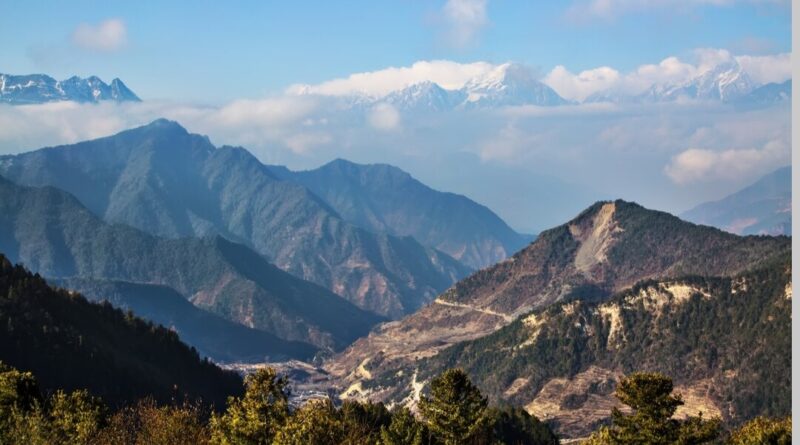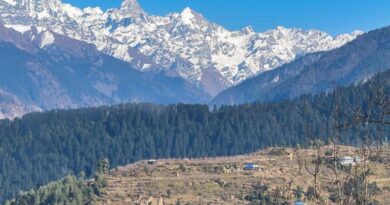When the Monsoon Crossed the Mountains and reached Tibet: A Himalayan Climate Shift
In the summer of 2025, something extraordinary happened in the skies above South Asia. The familiar rhythm of the southwest monsoon—those life-giving winds that drench the Indian subcontinent each year—took an unexpected turn. For the first time in recorded history, satellite images revealed that monsoon moisture had crossed the towering Himalayas and reached the dry plateaus of Tibet.
This wasn’t just a meteorological curiosity—it was a climate alarm bell.
Breaking the Barrier
The Himalayas have long stood as a natural wall, shielding Tibet from the monsoon’s wet embrace. But this year, that barrier seemed to falter. Scientists observed moisture-laden clouds drifting over Himachal Pradesh, Uttarakhand, and Ladakh, making their way into Tibetan territory. It was a rare and remarkable sight.
Glaciologist’s call it “an extraordinary seasonal event.” The satellite maps didn’t lie—moisture had indeed crossed the mountains.
Why Now? What Changed?
Experts point to a mix of climate change and atmospheric quirks:
- Western Disturbances on the Rise: Normally winter visitors, these weather systems showed up 19 times during the monsoon season—three in just the first week of September. Their interaction with monsoon winds may have helped push moisture across the Himalayas.
- Atmospheric Rivers: These high-altitude moisture highways, part of the subtropical jet stream, may have played a role. Dr. Roxy Mathew Koll from IITM Pune noted that more data is needed to understand how unusual this really is.
- Global Warming’s Fingerprints: Rising temperatures are melting snow and ice in the Himalayas and Tibet, possibly opening new pathways for moisture. Prof. Raghu Murtugudde from IIT Bombay suggested that stronger winds at the foothills could be lifting moisture higher than ever before.
- Hidden Passages: Some scientists believe there may be lower-altitude corridors in the Himalayan terrain that allowed this moisture to sneak through.
Why It Matters
This isn’t just about clouds crossing mountains. It’s about a shifting climate system:
- A Sign of Change: The Himalayas have blocked monsoon moisture for centuries. If they’re no longer doing so, it’s a sign that global warming is reshaping weather patterns.
- Disasters in the Hills: The increased number of western disturbances brought floods and cloudbursts to Himalayan villages. In Uttarkashi, four lives were lost and 100 people went missing.
- Tibet’s Transformation: Tibet is typically dry. If monsoon rains become regular, its ecosystem—plants, animals, and water sources—could change dramatically.
- India’s Rainfall at Risk: With 80% of India’s rain coming from the monsoon, any diversion of moisture could impact agriculture and water availability.
Looking Ahead
Scientists are cautious but concerned. Is this a one-time anomaly or the beginning of a new climate reality? New models and deeper research are needed to answer that question.
One thing is clear: the monsoon’s journey across the Himalayas is more than a weather event—it’s a wake-up call.




The cutting of trees in the foothills areas below the mountains is preventing condensation of clouds into rain in lower areas ,forcing the clouds to rise ,rain in upper parts of mountains and even cross these mountains to enter Tibet and Ladakh.The best way to prevent this would be th plant trees near villages and fields in the areas blow th mountains in valleys and forests to have more rain there.
Pingback: When the Monsoon Crossed the Mountains and reached Tibet